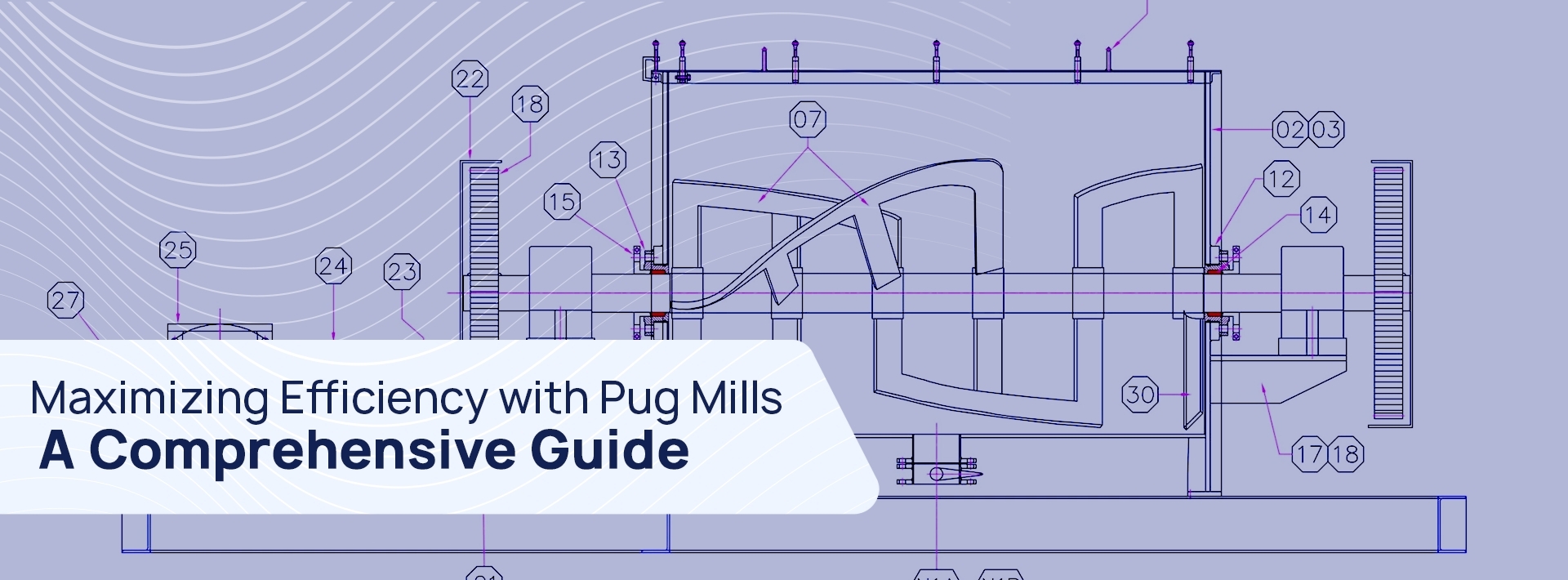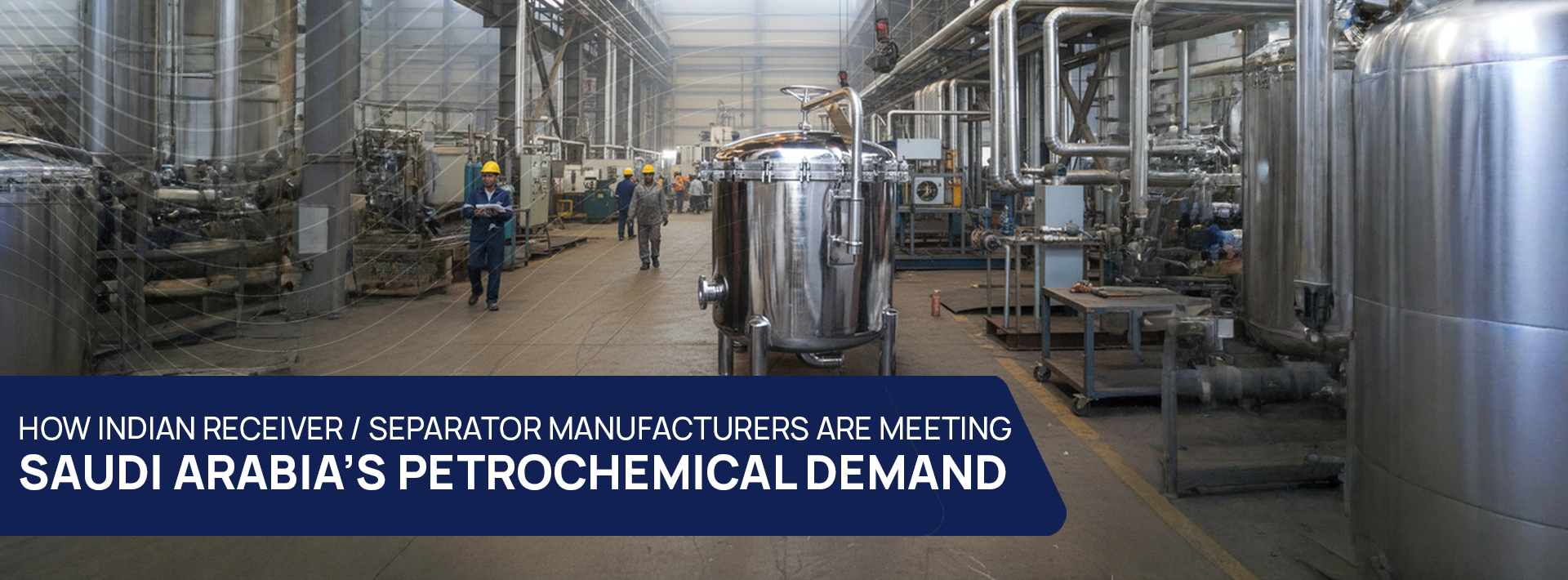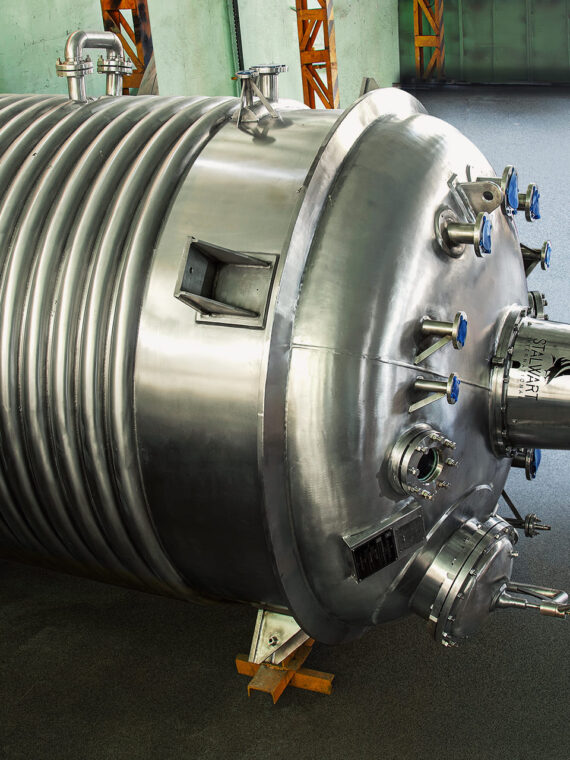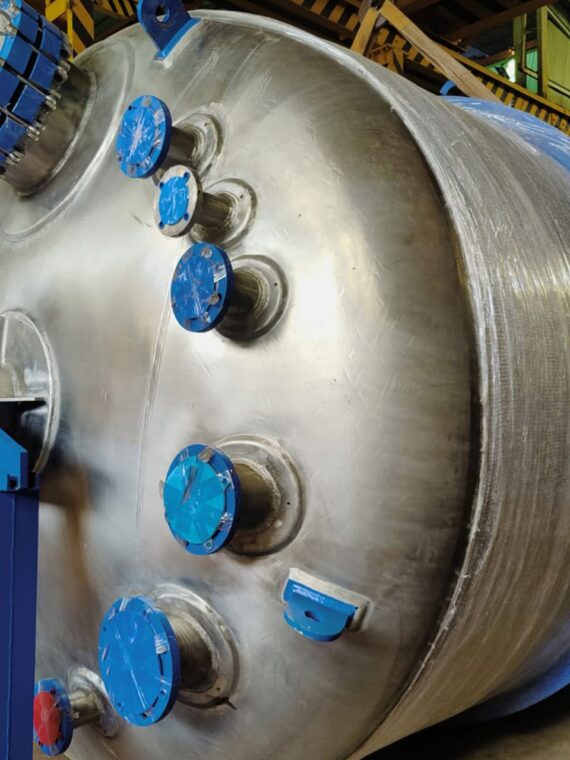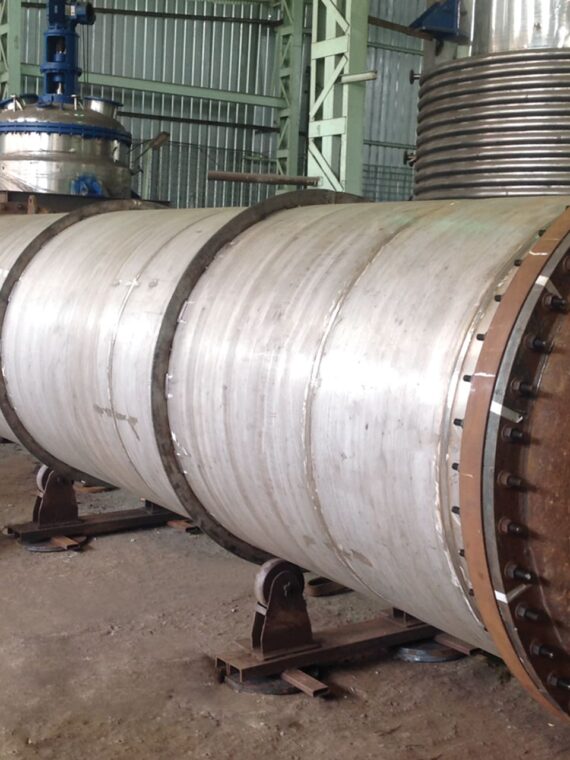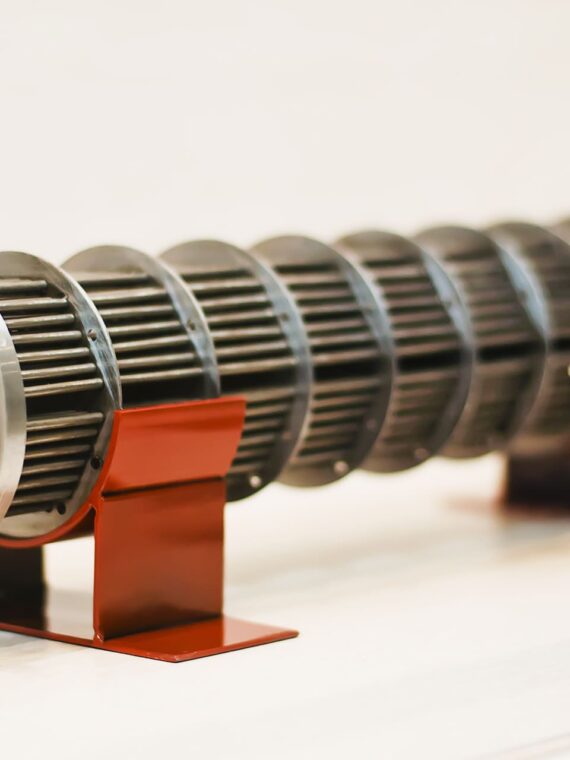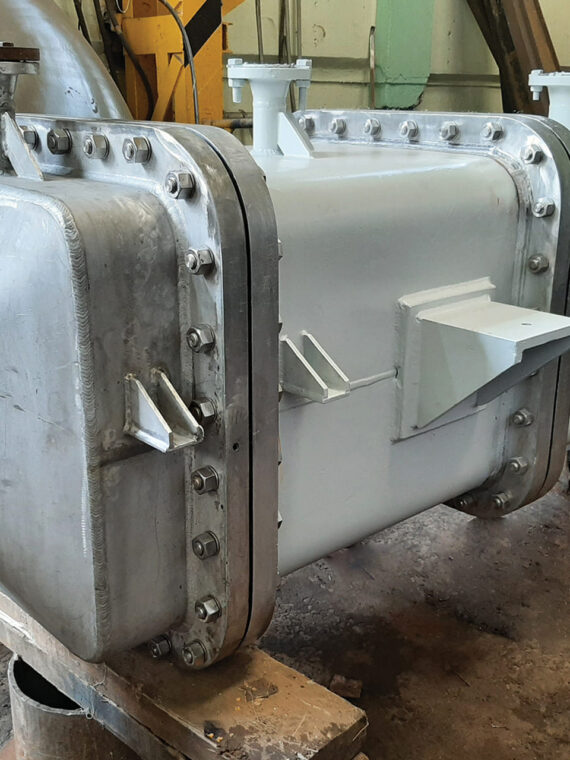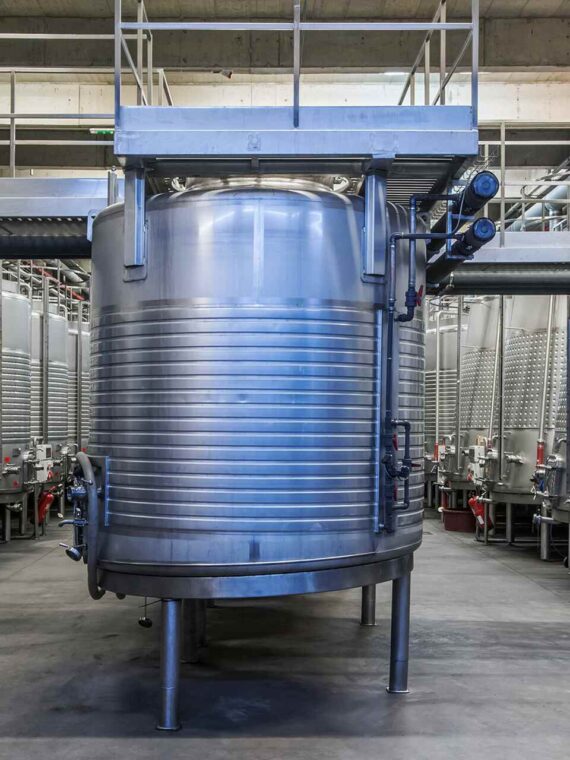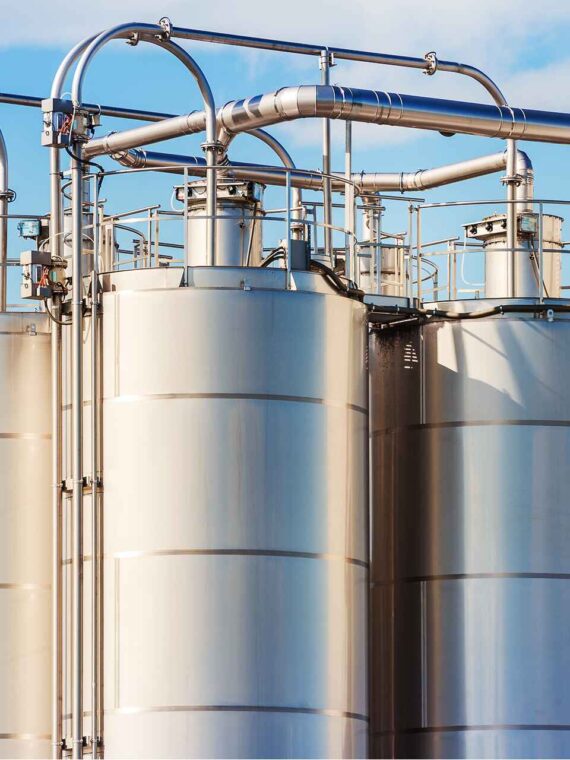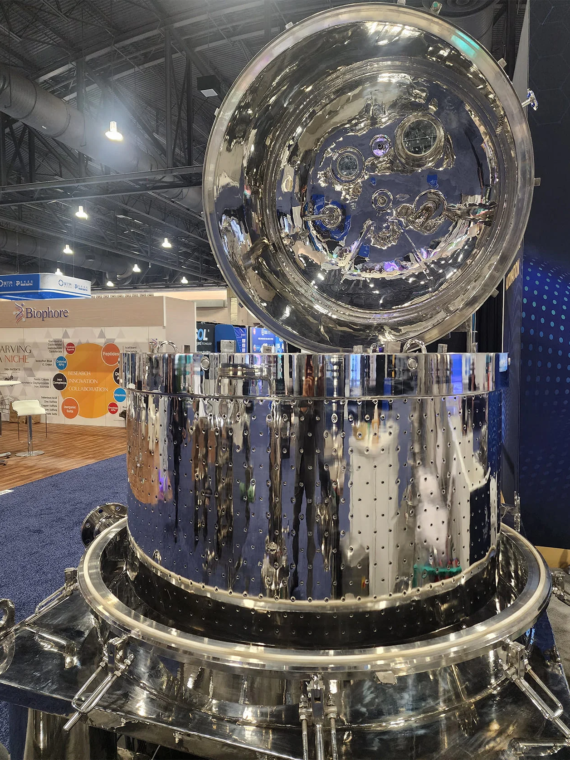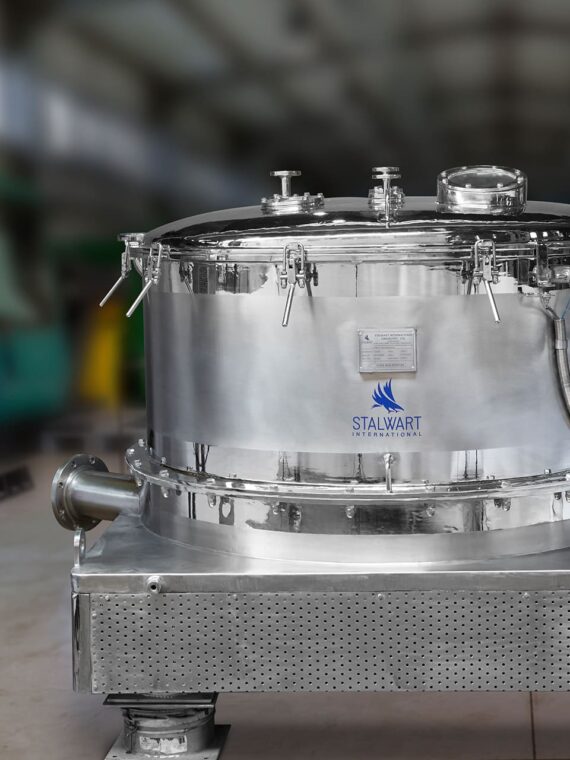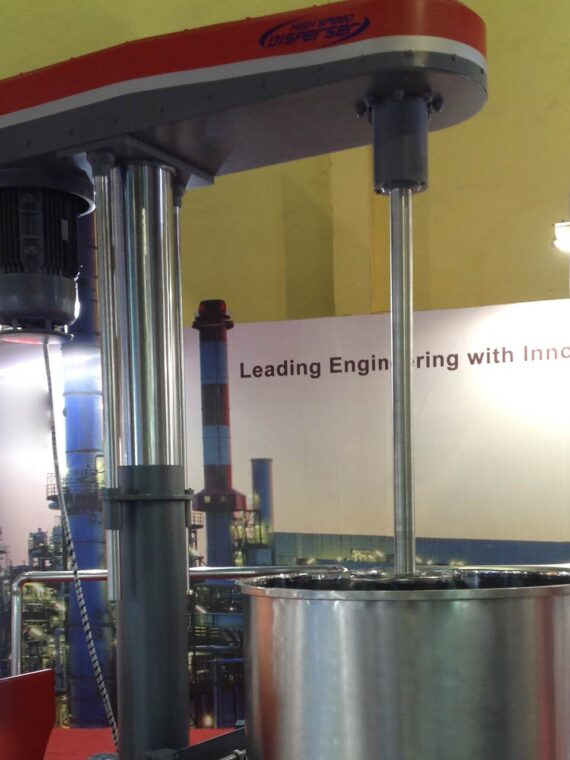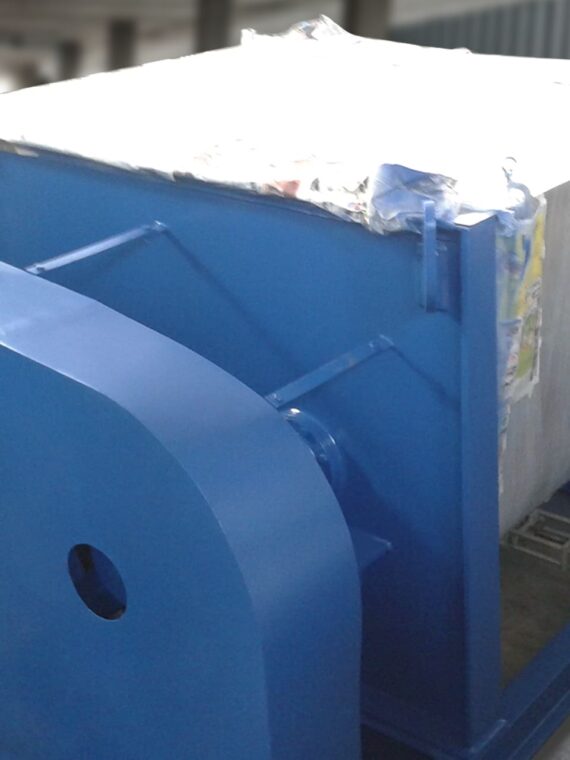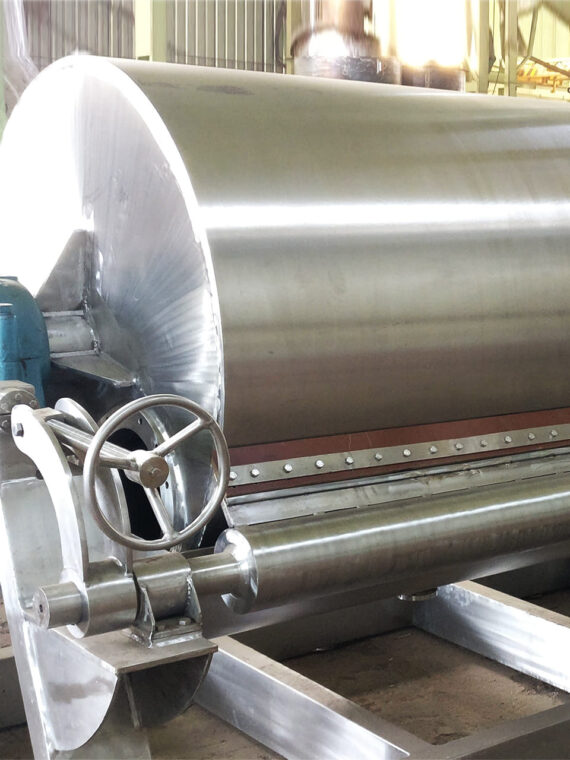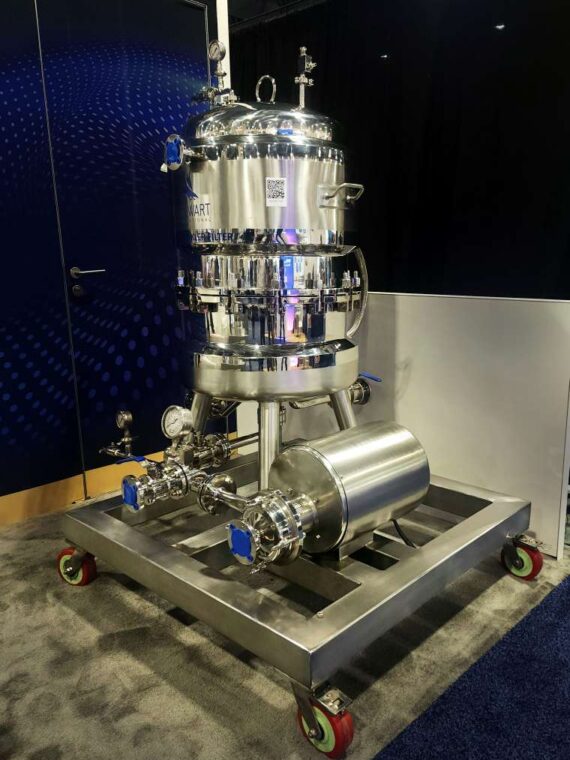Pug mills, or pugmill mixers, are part of various kinds of industries involving material processing. They can agglomerate, blend, and condition conditioning materials, thus potentiating productivity and efficiency. This blog delves into the workings of pug mills, their applications in various sectors, and the strategies that govern the optimization of their efficiency.
Applications of Pug Mills
Pug mills are versatile tools that play their role in most industries:
Ceramics
Pug mills are used to process clay in ceramics and tile making. Clay is de-aired and rehydrated prior to shaping and firing. Vacuum-de-airing pug mills remove air bubbles that may damage the integrity of the final product, thereby maximizing the quality of the final product.
Construction
Pug mills play a central role in the preparation of asphalt mixes for road surfacing. It facilitates the continuous mixing of aggregates, bitumen, and additives into a uniform and standardized mixture. This saves person-days and provides less material wastage than a batch-type mixer. In road construction, pug mills are used for the continuous mixing of aggregates, bitumen, and additives to produce asphalt. This process is more efficient than batch-type mixers, significantly reducing material wastage by up to 30%.
Agriculture
In animal feed manufacturing, pug mills mix cereal, vitamins, minerals, etc., for formulated feeds. The uniform mixing leads to better quality feeds in terms of nutritional content.
Mining and Recycling
Pug mills are used in mining to mix sand and gravel with cement additives to form concrete. They also make recycling more accessible by providing uniform mixtures for the briquetting process in the production of steel, thereby reducing waste and enhancing material reuse by up to 20%.
You May Also Like: Top Features of a Pugmill Mixer for Efficient Mixing
Optimization of Efficiency Using Pug Mills
There are a multitude of ways to optimize pug mill mixers for maximum utilization.
Optimization of Parameters of Mixing
Some of the parameters that can vary include paddle speed, mixing time, and moisture content. For instance,
- Paddle Speed: Greater paddle speeds result in higher shear forces that are exerted on the materials, which allow for good blending. However, a suitable speed needs to be chosen so as not to stay within the limit of wear of blades.
- Mixing Time: Process trials determine the maximum time required for mixing some materials. Moreover, they prevent the materials from being over-mixed or under-mixed, consequently affecting the quality.
- Moisture Content: Moisture content should be maintained at the optimal level as an excess quantity might cause clumping of the ingredients. Contrarily, low moisture content could result in minimal bonding between the materials.
Routine Maintenance
Regular maintenance ensures that the pug mills operate efficiently. Some of the regular practices include:
- Blade Inspection: This enables the machine to perform effectively since worn-out blades should be replaced immediately to ensure standardized quality of the mix. A well-maintained pug mill can operate 20-30% longer than those with neglected maintenance.
- Lubrication: Lubrication of moving parts ensures that friction and wear remain at low levels, ensuring the duration of use for equipment is as long as possible.
- Seals Inspection: Seals inspections are performed frequently to prevent leakage that may adversely affect the machines’ working or cause material wastage.
Leverage Advanced Technology
It is essential to adopt advanced technology in a pug mill system to increase efficiency. For instance,
- Vacuum Pumps: The inclusion of vacuum pumps in a pug mill system evacuates air from the mixture, reducing mixing cycle times by up to 20%, which translates to higher productivity.
- Automation Systems: Automation can be applied to streamline operations by monitoring mixing parameters while ensuring that human errors are kept at bay.
Mix Design Customization
Optimization of mixing designs to suit specific products can be achieved by tailoring material properties. It encompasses;
- Aggregate Size: The adjustment in aggregate size improves workability and strength in construction applications. For example, reducing aggregate size by 10% can enhance asphalt workability.
- Binder Content: The adjustment in binder content allows for compliance with different project requirements and predetermined standards.
Training of Operators
Proper training of the operators for usage of the pug mill contributes positively toward better handling practices, maximizing output, and minimizing waste. Studies suggest that a trained workforce can improve productivity by 15-20%. The training should also incorporate characteristics of the different types of materials to understand how they act in various mixing processes. Additionally, adjustments should be made to different material characteristics to optimize results.
Impact on Productivity
The integration of pug mill mixers with material processing activities can have an extensive impact on productivity. It can yield;
Greater Production Volume
The pug mill can handle quite a large quantity of material in continuous operations, i.e., up to 250 tons per hour. This volume is much higher than that of the batch mixer, which requires some downtime between mixes. Furthermore, pug mills are more beneficial in high-demand and time-sensitive settings.
Consistency of Quality
The uniform mixing property ensures product homogeneity in each batch. This property is of immense importance for industries such as construction and ceramics, where the properties of the material determine the performance.
Economic Operations
Pug mills ensure energy-effective and low-cost operations through adequate mixing. Their energy-efficient designs can lower power by up to 20%. Such benefits are best applicable in large-scale production environments. Sustainability
Pug mills assist in the conservation of resources since recycled products are reused in the process. It can perform RAP (reclaimed asphalt pavement) inclusion in mixes, thus conserving resources and minimizing impacts on the environment.
Conclusion
Pug mill mixers are considered one of the most versatile pieces of equipment with broader applications in a number of industries for easier and faster processing of materials. They optimize industrial processes by using technology, constant maintenance, customized mix designs, and proper training.
If you are on the lookout for expert guidance in the design and fabrication of chemical storage tanks or pug mills, we are here to assist. Feel free to explore tailored solutions for your project by visiting our website at www.stalwartint.com or emailing us your inquiries at sales@stalwartint.com.
FAQs
1. How can a pug mill improve production efficiency in industrial processes?
A well-optimized pug mill streamlines mixing operations by maintaining consistent material quality and reducing downtime. It allows continuous material feeding and mixing, minimizes waste, and improves throughput. In industries such as ceramics, brick, and construction materials, this leads to faster output, lower energy consumption, and reduced labor dependency—resulting in higher overall efficiency.
2. What factors should be considered when selecting a pug mill for industrial use?
Choosing the right pug mill depends on several parameters:
- Material type and moisture content
- Desired output capacity
- Mixing intensity and residence time
- Maintenance accessibility
- Power consumption and automation features
Selecting a machine with the right specifications ensures consistent performance and lower operational costs.
3. How often should a pug mill be maintained for optimal performance?
Routine maintenance should be scheduled based on operating hours and material type. Typically:
- Daily: Clean paddles, shafts, and discharge sections to prevent buildup.
- Weekly: Inspect bearings, seals, and lubrication points.
- Monthly: Check motor alignment, blade wear, and drive belts.
Regular servicing ensures smooth mixing, prevents downtime, and extends the equipment’s lifespan.
4. Can pug mills handle different materials apart from clay?
Yes, modern pug mills are versatile and can process a wide range of materials, including cement, fly ash, sand, asphalt, and refractory mixes. Industrial-grade pug mills are built to handle both dry and wet materials, making them suitable for various applications in ceramics, construction, and waste recycling industries.
5. What are the latest technological advancements in pug mill design?
Contemporary pug mills are now integrated with automation, variable speed drives, and digital monitoring systems. These innovations allow operators to control mixing parameters precisely, monitor torque and temperature, and reduce energy usage. Additionally, wear-resistant liners and stainless-steel components are being used to enhance durability and minimize contamination—key features for modern manufacturing environments.


